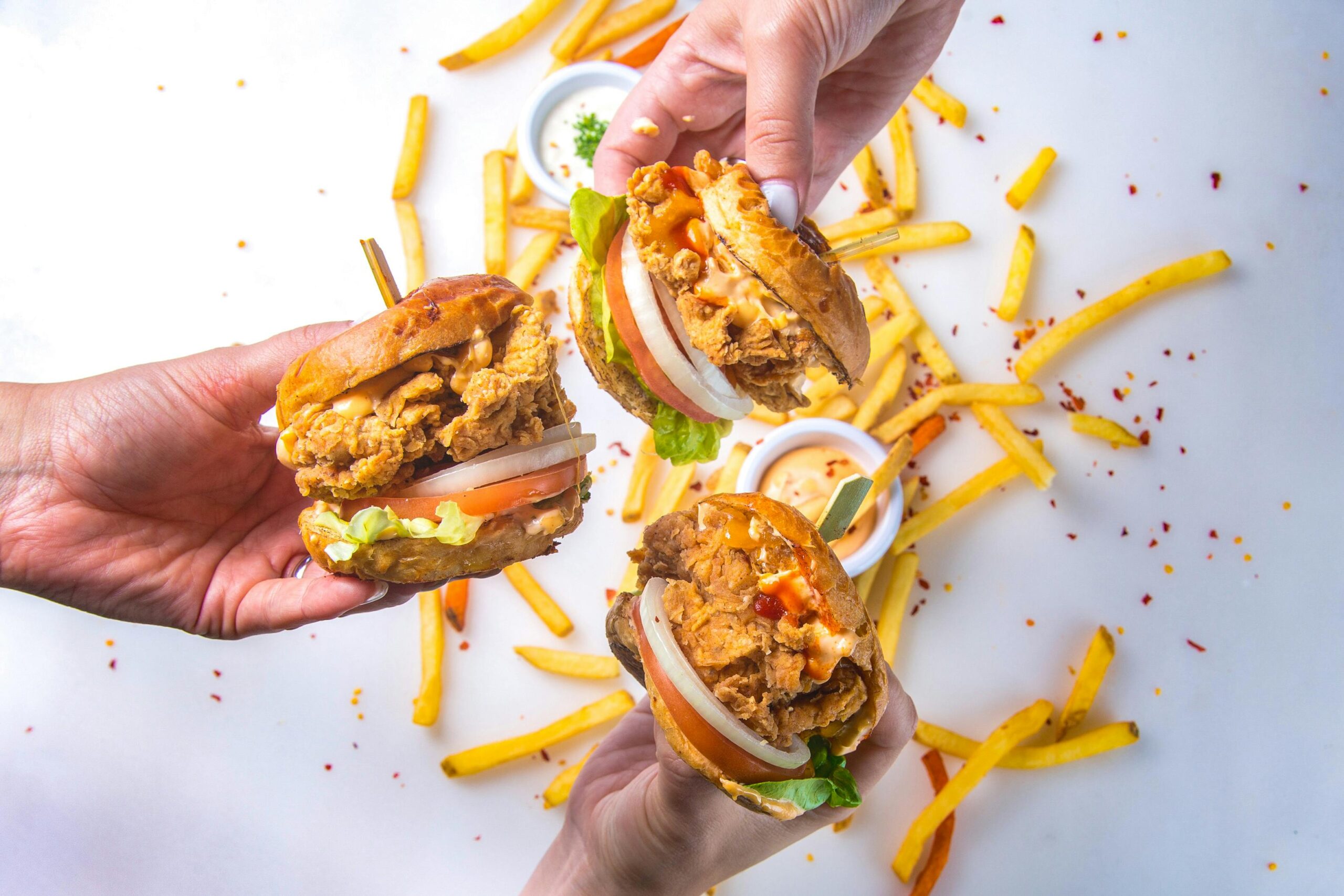Online and physical restaurant visits during lunch rose 4% in the year ending September 2021 compared to a year ago when visits were down 11%, based on The NPD Group’s U.S. foodservice industry tracking.
“Consumers are on-the-go now, and the lunch rush is coming back,” said NPD Group food and beverage industry analyst Darren Seifer in a press release.
Though lunch traffic hasn’t fully recovered to pre-pandemic levels, down 8% from September 2019, the increase is a significant improvement over the double-digit declines seen in 2020. Against this backdrop, restaurant lunch visits are now forecast to grow by double-digits through 2024, according to NPD’s Future of Lunch study.
With workplaces starting to reopen, consumers have also returned to convenient ways to prepare or source lunch. Easily transported categories, like packaged lunch and snack kits, are positioned to do well through 2024, while consumers will also look to retail for ready-to-eat foods for convenient lunches.
QSR BOOST
Quick service restaurants (QSR), which represented 79% of lunch restaurant orders in the year ending September, are benefiting from the lunchtime rebound.
Lunch orders increased 4% in the period compared to same period year ago when visits were down 9%. However, QSR lunch visits haven’t fully recovered to pre-pandemic levels and in the year ending September 2021 are still down -12% from the same period in 2019.
“In order to attract during lunchtime with much of the population still working from home, restaurants need to offer convenience to consumers, and at lunch, it’s about saving time,” Kim McLynn, executive director, The NPD Group, told The Food Institute. “The more a restaurant can offer convenience, speed, and quality food during lunch, the more they will attract customers.”
BREAKFAST REBOUND
Morning meal is also recovering, according to The NPD Group.
NPD found that online and physical visits to restaurants during the breakfast and AM snack period increased by 7% in the year ending September 2021 compared to a year ago when visits declined by 13%, but the daypart is still 7% below the pre-pandemic period of year ending September 2019.











